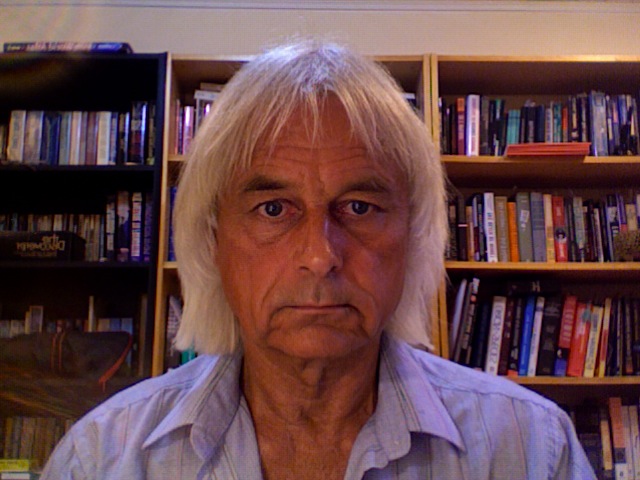{MMT (Modern Money Theory) has become an anti-monetary reform school that -- via tortuous logic that redefines government debt as government money -- has convinced itself the US government already issues the US$ money supply and already exercises monetary sovereignty; so no "reform" is needed. Because MMT sees Treasury debt as government-issued money, MMT advocates unlimited debt-financed deficit spending to cure what ails us. $18 trillion is not enough public debt. We need more. My response to MMT is, if the present global clusterf___ is what a "reformed" US$ money system looks like, and if "more of the same" is the solution, then God help us all because human intelligence has utterly failed us.
Nevertheless, MMT has done detailed economic analysis into how a monetarily sovereign government can use its money power as a socially and economically beneficial public utility. Monetary reformers -- minds pristinely uninfected by MMT's tortured logic -- are still advocating for the reform by which the government would "acquire" the money-issuing power.}
All of these "radical" reforms would completely change "the money": from debt-based bank-issued negative sum money, to non-debt government-issued positive money. From bank-issued credit/debt money, to government-issued fiat money.
The commercial banking system could never again collapse in illiquidity-cum-insolvency, after banks created and loaned vastly more credit than they had central bank-issued cash to "back"; because banks would only be allowed to lend money that they actually "have". In a 100% reserve banking system, ALL of the money is "base money". There is no longer a difference between the kind of money commercial banks create and lend (credit-money); and the kind of money banks owe to their depositors (cash money; base money: which is issued by central banks). A 100% reserves bank could lend itself down to having zero money in reserve, and then the bank would have to stop making new loans and wait until new deposits and loan payments came in to replenish its stock of lendable money. Or until the government monetary authority provided additional new money to the banks.
A later Friedman half-jokingly quipped that the Fed could be replaced by a laptop computer that automatically increases the government's and the economy's supply of spendable, investible, earnable, savable money, by 2% per year. In 1948 and ongoing, Friedman advocated a rules-based money-issuing regime to prevent a public money issuer from acting on the same temptations that motivate private commercial bankers to excessively inflate the supply of credit money.
Friedman learned money arithmetic from Fisher, and recognized the same inevitable "instability" (financial collapse, systemic bank failure, economic Depression, buy-up of depressed assets by plutocrats, war) of the bankers' credit/debt money monopoly. In his 1948 paper, Friedman advocated adoption of Fisher's monetary reform: wholesale conversion from a bank-issued debt-money system to a government-issued fiat money system. ...converting from a privately owned money system to a publicly owned money system.
Iceland's government is currently considering converting Iceland's krona from banker (private) money to sovereign (public) money. Iceland's government commissioned a study into the matter, and a report has been produced to provide discussion material for Iceland's debate and decision. You can download the document from this page on the Positive Money site,
http://positivemoney.org/2015/04/iceland-fundamental-reform-monetary-system-must-considered/
Next Page 1 | 2 | 3 | 4 | 5 | 6 | 7 | 8 | 9
(Note: You can view every article as one long page if you sign up as an Advocate Member, or higher).





